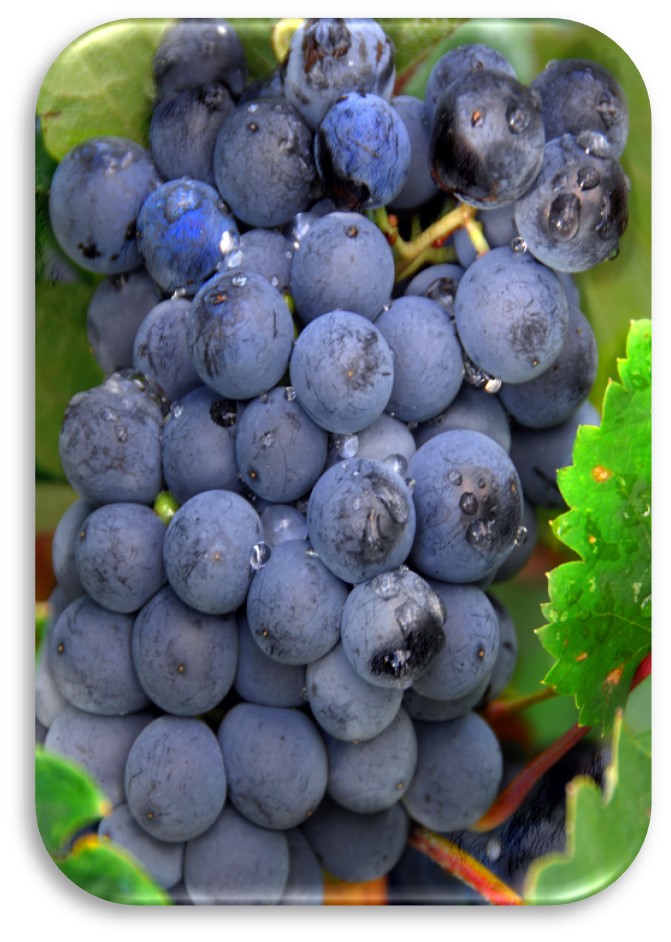Do You Speak Roussillon Wines?



INTRODUCTION TO ROUSSILLON VINEYARDS
THE PYRÉNÉES-ORIENTALES region is the fifteenth largest producer of wine in France, with 2% of national production by volume. It produces at least 80% of the Vins Doux Naturels (Fortified Sweet Wines) in France.
The Roussillon produces still, dry wines and Vins Doux Naturels. With 14 AOPs from 24 different varietals and 2 IGPs, there is a wealth of different Roussillon wines, each with its own character.
For dry wines, the AOPs are:

- Collioure (white, rosé, red)
- Côtes du Roussillon (white, rosé, red)
- Côtes du Roussillon les Aspres (exclusively red)
- Côtes du Roussillon Villages (red), along with 4 specific wines identified by the name of the town:
- Côtes du Roussillon Villages Caramany
- Côtes du Roussillon Villages Latour de France
- Côtes du Roussillon Villages Lesquerde
- Côtes du Roussillon Villages Tautavel
- And Côtes du Roussillon Villages les Aspres – since 2017
- Maury Sec (red)

The IGPs are:

| • Côtes Catalanes (white, rosé, red and Rancio) • Côte Vermeille (white, rosé, red and Rancio) • IGP d’Oc (covers Roussillon area) (white, rosé, red) |
For Vins Doux Naturels (Fortified Sweet Wines), the AOPs are:

| Rivesaltes (Grenat, Rosé, Ambré, Tuilé, Hors d’Age, Rancio) • Maury (Blanc, Grenat, Ambré, Tuilé, Hors d’Age, Rancio) • Banyuls (Blanc, Rosé, Rimage, Ambré, Tuilé, Hors d’Age, Rancio) • Banyuls Grand Cru (Tawny colored) • Muscat de Rivesaltes (white) |
Ambré and Tuilé wines may use the “Hors d’Age” and/or “Rancio” indication when they are aged for five year or more.
14 AOPS AND 24 VARIETALS: EXTERNAL SIGNS OF WEALTH

In the Roussillon, the vines, which still covered an area of around 70,000 hectares in the 1960s, now cover 18 932 hectares, within 67% are classified into AOPs.
Roussillon vines have an average yield of 31 hl/ha (for the last 5 years). By comparison, the average yield of all French AOP vines is 60 hl/ha. The total average production (the last 5 years) is 666 500 hl per year, including 280 900 hl in AOP Dry wines and 121 800 hl in AOP Vins Doux Naturels (Fortified Sweet Wines), about 224 450 hl is made into IGP wines and 39 350 hl for “others” (juices, mistelles, VDF).
The AOP Vins Doux Naturels are made from a limited range of distinguished varietals: Grenaches, Macabeu, Malvoisie du Roussillon, Muscats. The AOP Dry Wines use Grenaches, Carignan black and white, Syrah, Mourvèdre, Cinsault, Lledoner Pelut, Macabeu, Malvoisie du Roussillon, Roussanne, Marsanne, Vermentino and Viognier.
A SOCIETY OF SMALL WINE GROWERS

Vine growing is essentially done by family businesses. Roussillon has around 2 171 wine growers. The vineyards are small, averaging 9 hectares in size, 90% of which are managed by their owners.
The Cooperative movement, which began early in 1907, spread a great deal between the two wars; today, nearly every winegrowing village has its cooperative cellar. The Pyrénées-Orientales currently has around 28 winemaking cooperatives, responsible for 75% of wine production. The other 25% is produced by 401 private cellars. 102 wine merchants are also selling Roussillon wines.
VARIED TERROIRS

Roussillon is like an amphitheater, dominated by heights that are often difficult to cross, separating it from the neighboring provinces. Geologically speaking, Roussillon is a rugged area that underwent drastic changes during the tertiary and quaternary periods.
After the Pyrenees rose up, the Southern and Northern parts of the Pyrénées-Orientales developed in very different ways. As a direct consequence of these many changes, the variety of soils and subsoils mean that there are some fascinating geological walks, as each main area is divided into many terroirs with very distinct characters, some of which are recognized by an individual AOP.

I want to improve my level of Roussillon wines speaker:
www.roussillon-wines.com A ADAPTER avec version UK



